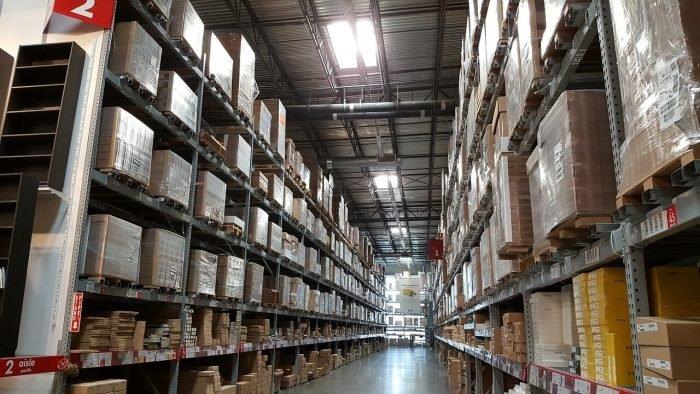New year, new payment structures. Amazon has recently released the changes that it will be implementing for its 2019 FBA storage and fulfillment fees, and we’ve condensed them all within this blog post for your reference.
Amazon 2019 FBA Fulfillment Fee Changes
For Amazon sellers enrolled in the FBA Small and Light program, good news - your fulfillment fees will stay the same. The same goes for sellers dealing with small standard-size or large standard-size items (with a shipping weight of 10 oz or less).
Sellers who deal with products in other size tiers, however, will see an increase in their fulfillment fees effective 19 February 2019:

On top of that, Amazon is now changing the dimensional billing weight calculation for oversize items. More specifically: Amazon will now take the minimum width and height (when calculating dimensional weight for oversize items) to be 2 inches.
There are also fee changes to the Subscribe & Save program, which allows Amazon customers to sign up for recurring, scheduled deliveries of their often-used products. Starting September 2019, Amazon will simplify the fee structure of said program, and let sellers fund a flat discount of 5% or 10% for each new item they add to the program.
The discount percentage option that you choose will be applied to all subscriptions for the particular item. (On a separate note: Amazon will also start to throw in an additional 5% discount to customers who purchase products from five or more subscriptions a month.)
Last but not least, Amazon is also introducing separate fulfillment fees for dangerous goods that contain flammable or pressurized aerosol substances, as well as items that contain lithium-ion batteries.
Note that your FBA fulfillment fees are calculated and charged only when shipments leave Amazon fulfillment centers. This means that if a customer orders a product before February 19, 2019, but your product only ships on or after February 19, you’ll be liable to pay the updated FBA fulfillment fees.
Amazon 2019 FBA Inventory Storage Fee Changes
When it comes to their inventory storage fees, Amazon is making the following changes:
- Long-term storage: Units that stay in a fulfillment center for 181 to 365 days will no longer incur long-term storage fees. That said, units which are stored for over 365 days are still liable for these fees.
- Minimum long-term storage: The minimum long-term storage fee levied on units that stay in a fulfillment center for more than 365 days will be decreased from $0.50 per unit to $0.15 per unit.
- Monthly inventory storage: Amazon will introduce separate monthly storage fees for storage of dangerous goods (ie: goods that contain flammable or pressurized aerosol substances).
These storage fee changes will come into effect on 15 February, 2019. For sellers who have items in long-term storage (181 to 365 days), the last charge will take place on 15 January, 2019. Similarly, the last charge for minimum long-term storage fees at $0.50 per unit is January 15; following that, you’ll find your charges reduced to $0.15/unit.
Long term storage and storage of dangerous goods aside, the standard monthly storage fees for other products will remain unchanged from 2018. Here’s what you can expect to pay:

How to get ready for the 2019 Amazon fee changes
First off, evaluate how you’re currently packaging your products, and consider if you can switch to more compact, lightweight packaging. The goal is to reduce (or even completely offset!) the increase in FBA fulfillment fees, if that’s possible.
Next, use Amazon’s Inventory Age report to check out which ASINs might be subject to long-term storage fees on the next inventory cleanup date. You can identify the inventory that’s been in an Amazon fulfillment center for a set period of time (0 to 90 days, 91 to 180 days, 181 to 270 days, etc), categorized by ASIN. Also take a look at your Recommended Removal report, which calculates the number of items you need to remove in order to avoid Amazon’s long-term storage fee.
Finally, using the updated FBA fees, calculate the expenses you’ll incur for storage and fulfillment, and use this to forecast your profits for the upcoming year. If it looks like cash flow is going to be tight, you’ll want to plan ahead, and consider what strategies you can put into place to make up for this.











